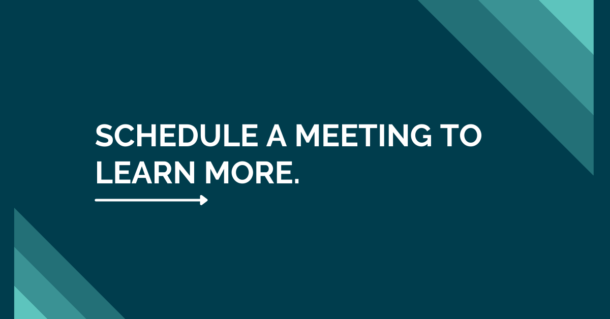What is: Virtual Hold?
“Thank you for holding. Your call is very important to us. All of our Customer Care Representatives are currently assisting other callers. Please continue to hold, and the next available Representative will answer your call.” [Insert discordant hold music.] “Thank you for holding. Your call is very important to us. All of our Customer Care Representatives are currently assisting other callers. Please continue to hold, and the next available Representative will answer your call.” [Insert discordant hold music.] “Thank you for holding. Your call is very important to us—”
Perhaps it’s the repetition of the claim “Your call is very important to us” that makes it ring so hollow when we’re on hold.
Stuck. That’s how a customer feels. They either are stuck putting their bluetooth headphones on to free their hands or stuck putting their phone on speaker and annoying the rest of the room. No matter the choice, they are forced to hear the same message over and over just to keep their place in line.
Thankfully, there is a solution to this problem called Virtual Hold, or Queued Callback.
Queued Callback allows a caller’s “place in line” to be reserved. When it’s their turn in the queue, the caller receives a call from the system and is connected to the available agent. Callers could also elect to receive a callback at a time that’s more convenient for them. (This latter feature can also be used in out-of-hours queues, so that callers can schedule a time when the call center is open.)
Why is Virtual Hold so popular?
Engagement platforms such as Twilio, Slack, and Intercom have recently all emphasized flexibility, either through omnichannel capabilities or through digital transformation. In the post-pandemic world, the ability to cater to a customer’s preferred method of communication or schedule is a critical part of meeting their needs. A traditional hold experience leaves the customer wondering:
“If my call is as important as they say, then why doesn’t someone answer now? Or perhaps, while my call may be considered important, my time is obviously not valued.”
Virtual Hold gets customers out of the infinite “Please hold” loop while still ensuring that every customer who calls is assisted. Instead of attempting to keep callers on the line and build a better queue experience, Virtual Hold solves the larger issue – of callers not wanting to be left waiting on hold – by eliminating the queue experience entirely from the caller’s perspective.
Organizations with a strong emphasis on customer service are embracing opportunities to make life easier for their customers, and customers are responding. This technology isn’t new. As early as 2011, leading companies have been aware of the impact to their brands that the contact center experience can have. Even at that time, Southwest Airlines implemented Virtual Hold, and one of their customers tweeted: “Companies: In an age of cell phones, don’t make me sit on hold. Call me back when it’s my turn, like Southwest just did.”
Technology Should be Used to Serve Customers
At Vision Point Systems, we’re continually looking for ways to improve existing processes. IT tools are there to make our lives easier and our customers’ lives better. With Virtual Hold, the contact center agents save time resolving problems (and deal with less frustrated callers), and the queue experience is improved because callers don’t actually have to wait in it! Instead of “take a number and wait,” the process becomes “take a number, take a load off, and we’ll call you back.” The caller can use their time the way they want and make the most of their time. Customers appreciate that.
IT capabilities are a moving target, always improving, and constantly changing. We have to monitor industry changes because that’s what we do, but we must remember to keep the focus on the customer, not the technology. The question is not “how can I inflict this technology on my customer?” but rather “how can I serve my customer?” If you keep up with technology, you’ll be ready to serve your customer. Virtual Hold is an example of a simple concept that improves customer experience in a simple yet profound way.
How Your Organization Can Use Queued Callback
Vision Point Systems offers queued callback for all different types of platforms, including Twilio Flex. If you’d like to learn more about how you can use Virtual Hold for your existing customer service experience, read more about Vision Point Systems contact center solutions or set up a meeting today.

